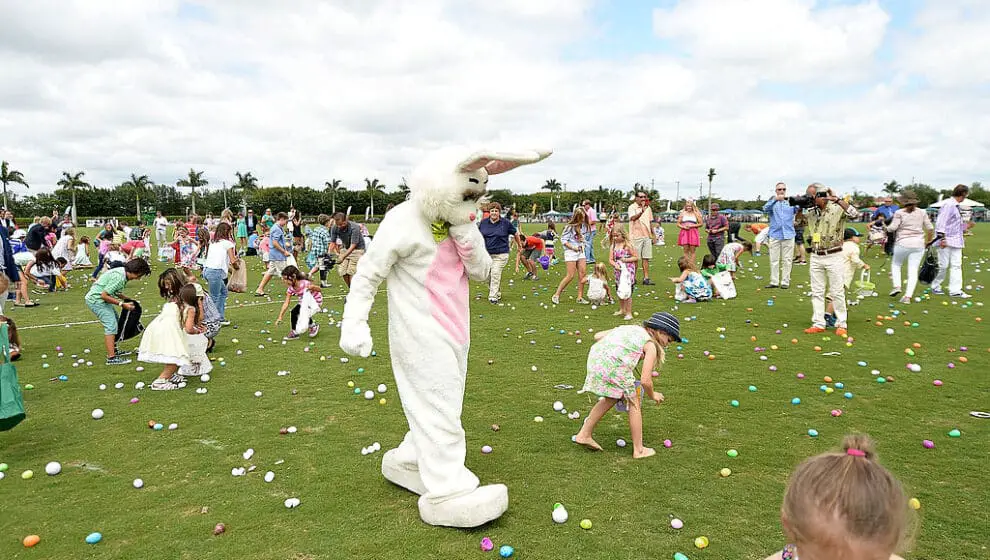One of America’s busiest holidays is quickly approaching, and Easter spending is expected to reach a record high of $24 billion in 2023.
Key Details
- Easter spending is expected to reach $24 billion in 2023, up from $20.8 billion in 2022 and high above the previous record of $21.7 billion in 2021, according to the National Retail Federation (NRF).
- Around 81% of Americans are expected to celebrate the holiday this year, with the average spending per shopper reaching a record of $192.01.
- Nearly 72% of people say rising food costs will impact their Easter plans, particularly egg buying.
Why it’s news
Easter is one of the most celebrated religious holidays in the world—marking the three days when Jesus was crucified and then rose from the dead and ascended into heaven. It is celebrated by Christians with a feast but also with an Easter egg hunt, sweets, and spring-colored decor.
The holiday is typically on the less expensive side of spending-driven holidays—as Easter gifts usually consist of small candy and prizes. Nevertheless, this year’s spending is expected to hit a record of $24 billion.
The top spending categories for Easter include candy ($3.3 billion), gifts ($3.8 billion), and food ($7.3 billion). Consumers are also expected to spend $4 billion on clothing, $1.8 billion on flowers, $1.7 billion on decorations, and $1.1 billion on greeting card purchases this year, according to the NRF.
Inflation has affected many aspects of consumers’ lives, including grocery shopping, with prices rising dramatically. The increased prices have seeped into the Easter holiday, with nearly 72% of people saying rising food costs will impact their Easter plans, particularly egg buying.
Eggs are often a large part of Easter celebrations, with many households cooking and dying eggs, but this year prices of eggs have risen by 70.1%, according to the latest data from the Bureau of Labor Statistics.
The rising costs are leading people to change their Easter plans. 72% of respondents said rising costs will impact their Easter plans, including 43% who said they’d be looking for more sales than normal, 16% who said they’d likely cut back on food for their holiday dinner, and 14% who plan on having fewer guests for dinner.
Other changes include 24% of respondents using more coupons, 22% cutting back on candy added to Easter baskets, and 20% switching from real eggs to fake or plastic eggs.
Easter is Sunday, April 9—which is the first Sunday after the full moon that occurs after the first day of spring.
